Education woes: Pakistan misses UN target with 58% literacy rate
No improvement registered in literacy rate over two years.
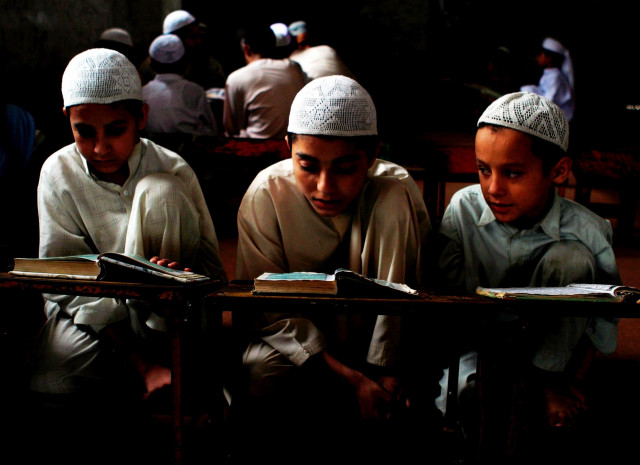
PHOTO: FILE
The Pakistan Economic Survey 2014-15 unveiled on Thursday stated that the literacy rate has gone down by 2% in 2013-14 as compared to the previous year when it was 60%. However, the survey, which uses data from Pakistan Social and Living Standards Measurement (PSLM), appears to have either quoted the figures wrongly or the numbers have been fudged intentionally.
While the overall literacy rate for 2012-13 has been shown at 60%, it is actually 58% in the PSLM data.
The figures are alarming as under the United Nation’s MDGs, Pakistan was required to increase its literacy rate to 88% by 2015. The net primary enrolment ratio, which should have been 100% by the end of this year, has remained constant at 57% since 2011-12.
Despite spending slightly over 2% of its budget on education, the government could not improve the education sector with the poor performance of Sindh and Balochistan governments standing out.
Provincial literacy rate
While the Punjab and Khyber-Pakhtunkhwa (K-P) governments managed to improve their literacy ratios, Sindh and Balochistan could not even maintain their previous rates.
Punjab improved its literacy rate by one percent from 60% of the previous years to 61%. The survey incorrectly says the rate in Punjab was 62%.
In K-P, increase in female literacy rate gave the overall rate a boost of 1%, taking it to 53%.
Sindh witnessed the worst scenario as the literacy rate dropped by 4% in the province, from 60% to 56%.
In Balochistan, the rate fell by 1% to 43% from 44% last fiscal. The survey put it at 46% instead of 44%.
Gender disparity
The country’s overall female literacy rate also came down by 1% from 48% in 2012-13 to 47% in 2013-14. The figures suggest there is still a long way to end gender disparity in education, as the male literacy percentage stood at 70% like previous years.
In Punjab, the female education percentage witnessed a decline of 2% from 54% to 52% from 2012-13 with the male literacy rate pegged at 71% in both years.
In Sindh, the female literacy rate was 43% compared to 47% of the previous year. Male education in Sindh witnessed a decrease in percentage from 72% to 67% as compared to 2012-13.
In K-P, the female literacy percentage increased to 36% from 35% with the male percentage sustaining at 72% in both years.
Balochistan leads the provinces in female literacy figures with an improvement of 2% to 25% from 23% of the previous year.
Published in The Express Tribune, June 5th, 2015.

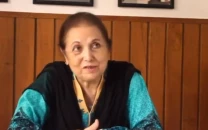
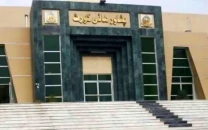
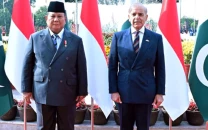


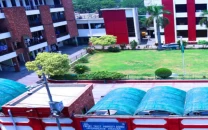












COMMENTS
Comments are moderated and generally will be posted if they are on-topic and not abusive.
For more information, please see our Comments FAQ